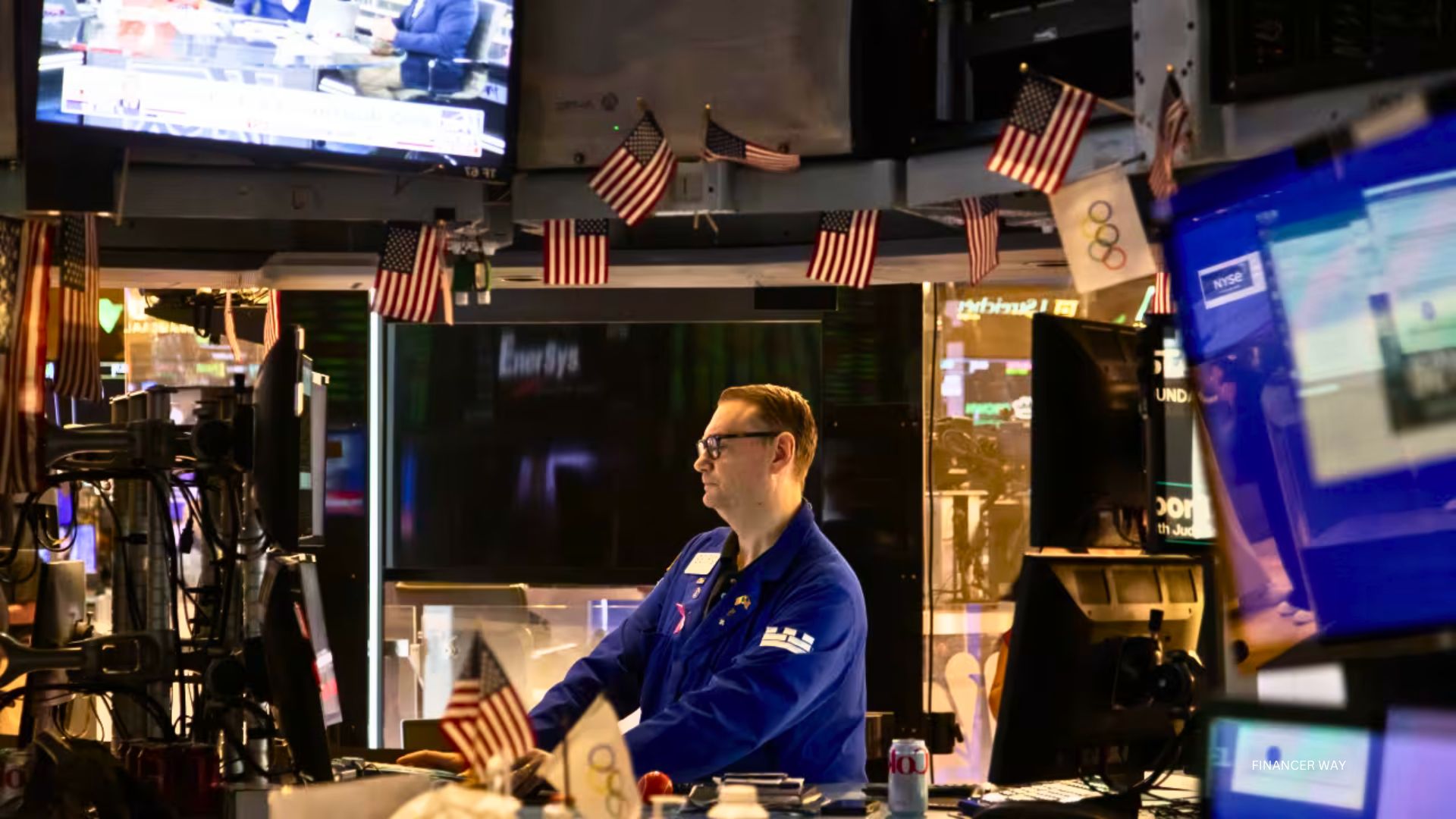With September here, the easy days of summer are over. But you don’t need the thermometer or the calendar to tell you that: The stock market has already made it clear.
After Monday’s Labor Day holiday, the S&P 500 index spent the first three trading days of the month in the red before closing Thursday down 2.6%.
They say bad news comes in threes, and that appeared to be at work this week, with worries about the economy, semiconductors, and the coming presidential election looming over the market.
Given concerns about a slowing economy, jobs were the focus of attention throughout the week. Wednesday saw stocks slip when the Labor Department said job openings reached 7.7 million in July, a level that missed the 8.1 million economists had forecast and marked a 3 1/2 -year low.
Friday’s jobs report did little to reassure investors. Although the unemployment rate fell to 4.2%, the 140,000 increase in payrolls again came in below expectations. Add in the fact that the prior two months were revised lower, and the “mixed signals are likely to raise more questions than they answer regarding the health of the U.S. labor market, ” notes Jason Pride, Glenmede’s chief of investment strategy and research.
Normally, investors would turn to tech and semiconductors — the big beneficiaries of the enthusiasm surrounding artificial intelligence — for comfort. Instead, they’ve turned into a source of consternation following Nvidia’s post-earnings weakness. Broadcom’s earnings Thursday evening could have provided some solace, but instead brought more disappointment.
Although the chip maker delivered a better-than-expected fiscal third quarter, investors were more concerned about its outlook, as its $14 billion revenue guidance for the current quarter fell just short of consensus estimates. Given how central AI has been to tech’s rally, it’s understandable that Broadcom’s earnings raised more questions than they answered.
Adding to the concerns: The tech stocks in the Russell 1000 are now in a bearish relative trend, according to Jeff deGraaf, head of technical research at Renaissance Macro Research. While those signals aren’t infallible, he does think they warrant investors’ attention, making him “[give] the benefit of the doubt to bad news versus good, look askance at blue-sky narratives and [be] especially attuned to excuses as to why we should be long, how this time is different and other popular tropes.”
On top of all this, the nation now has just two months until the presidential election, one that is expected to be extremely close. The market dislikes uncertainty in general, so it’s likely the race will continue to be a drag on stocks throughout the historically turbulent months of September and October — which tend to be even worse for investors during election years, says Ned Davis Research Chief U.S. Strategist Ed Clissold. There is, however, a bit of good news: Even seemingly interminable elections come to an end. “The rallies in presidential years often start when the winner is clear, regardless of party,” Clissold notes.
That’s still a long way away, and that means investors will simply have to endure the next few months of conflicting and sometimes worrying messages. While 3Fourteen Research founder Warren Pies continues “to bet on a soft landing,” there are enough signs of weakness in the economic data to make that far from a sure thing. “The next few months will be a nail-biter,” he writes.
Who knew we’d have to take fall so literally?
This content was created by Barron’s, which is operated by Dow Jones & Co. Barron’s is published independently from Dow Jones Newswires and The Wall Street Journal.
